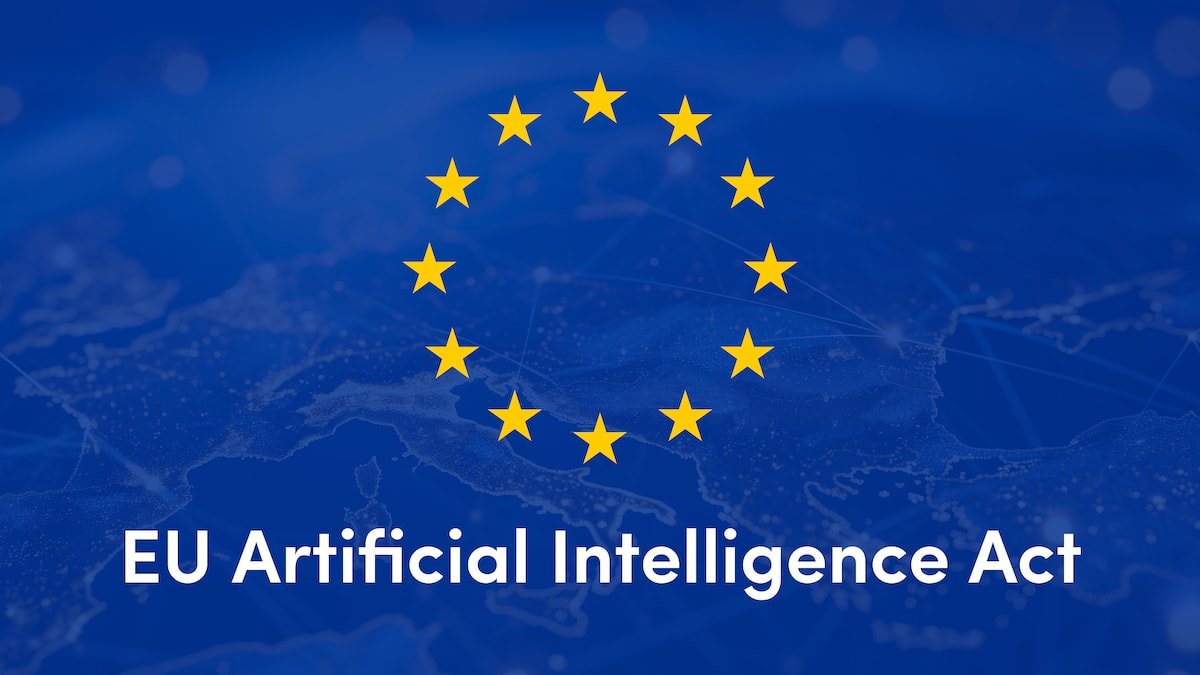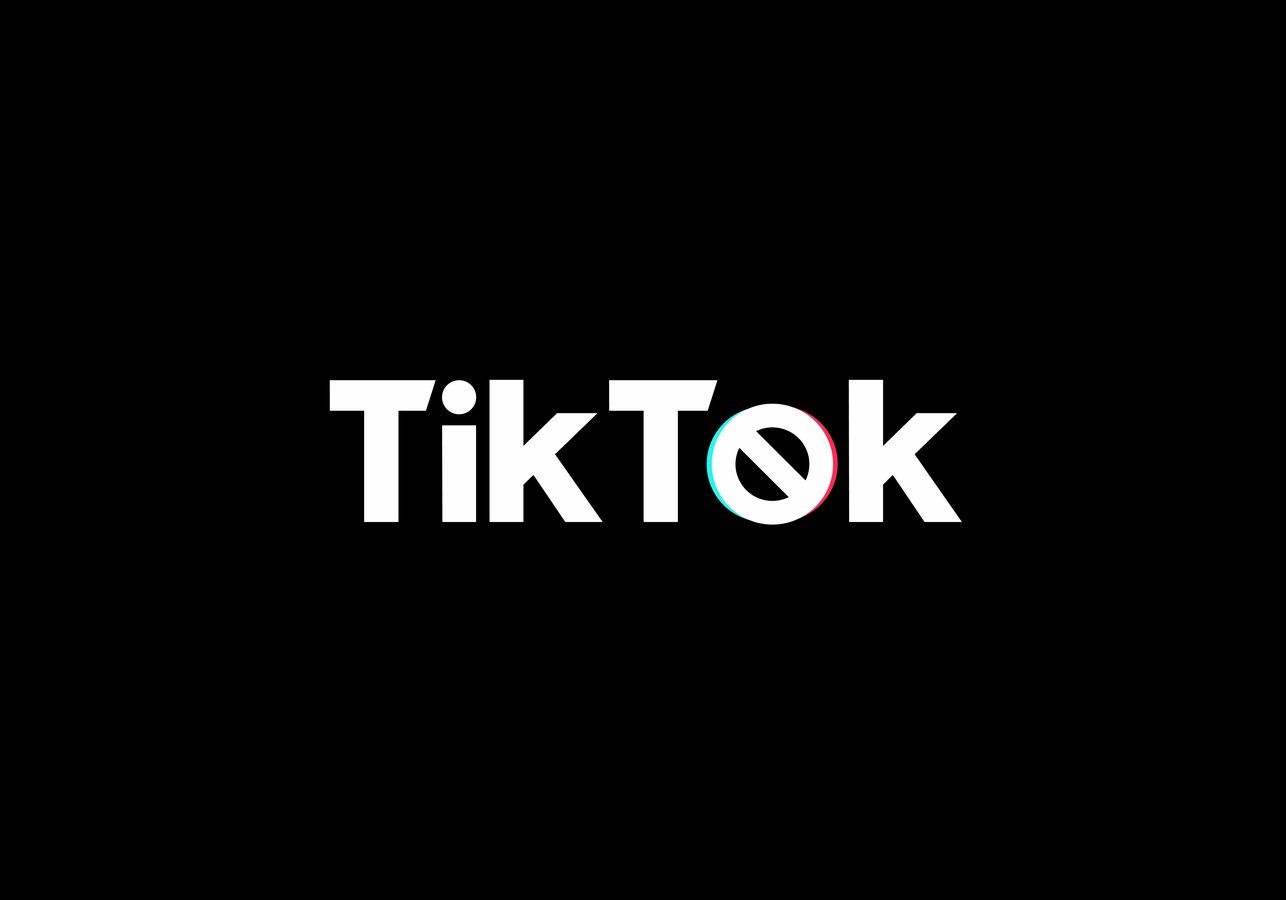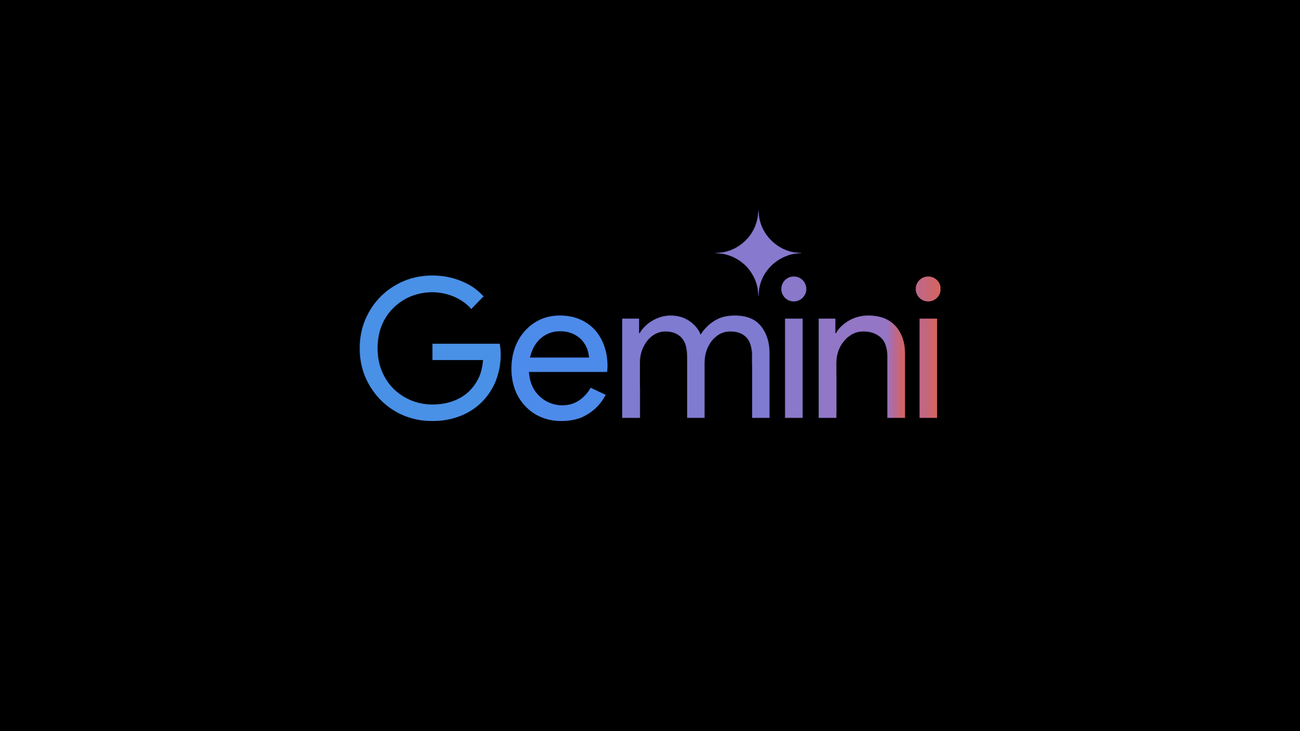Google is Going Cookieless...But Not Yet
Digital advertising in a cookieless world.

Cross-site cookies have played a vital role in the web experience for over a quarter of a century. Recording user data like age, gender, historic behavior on websites, and search history, third-party cookies have yielded invaluable information to advertisers looking to optimize ad targeting. But with Google’s push to stop the use of cookies in their browser, Chrome, many are wondering what the future of digital marketing will look like.
Why Google is Phasing Out Third-Party Cookies
When it comes to improving privacy on the web, the work is ongoing and one of the biggest contributors towards the cause is Google. Fueled by their aim to appease the concerns of their audience, consumers who have grown more aware of the capture and usage of their personal data and the perception that third-party cookies are a form of privacy-invading technology, Google is phasing out cookies. Beginning with a new Chrome feature called “Tracking Protection,” Google’s mission is to elevate existing privacy measures by investing in features that protect user data and provide more control over how it’s used.
The Privacy Sandbox
Google’s new Tracking Protection feature limits the use of cross-site tracking by restricting third-party cookies on Chrome, by default. Tracking Protection launched to 1% of Chrome users globally (about 30 million users) on January 4th, 2024, and Google intends to completely phase out third-party cookies for 100% of users by the second half of 2024. Though the attempt to go completely cookieless has been delayed several times over the last few years, Google has a plan in action. The Tracking Protection rollout is a key part of Google’s industry-wide effort to improve privacy online, coined, “The Privacy Sandbox.”
The Privacy Sandbox is a collection of solutions that will limit the tracking of individuals and provide safer alternatives to existing technology on platforms, while keeping them open and accessible to everyone. As a part of The Privacy Sandbox, Google has also introduced their new tracking mechanism, TopicsAI. This algorithm enables interest-based advertising (IBA) without having to resort to tracking the sites a user visits. The TopicsAI API provides a new form of IBA using topics (categories instead of interests) that are assigned to a browser based on recent user activity. These topics can supplement contextual information to help select appropriate advertisements. In essence, the TopicsAI API supports IBA with improved transparency, stronger privacy assurances, and a different approach for sensitive categories.
Why is There a Need for The Privacy Sandbox?
In recent years, some browsers and platforms have taken steps to remove existing mechanisms, such as third-party cookies, without initiating alternative solutions. The absence of mechanisms like third-party cookies can negatively impact ecosystem functionality and put user privacy at greater risk, by leading to adoption of covert tracking. So at the core, The Privacy Sandbox is a way to preserve privacy while publishers and developers share content and grow their businesses.
What Marketers Can Do to Prepare for Cookie Deprecation
As Google deprecates third-party cookies, regulatory bodies like the European Union, Great Britain’s Competition, and Markets Authority are investigating the new Tracking Protection feature, suspicious of its potential anti-competitive practices. The shift towards relying on first-party cookies favors large companies with the resources to access first-party data. Smaller companies that lack first-party data will have difficulties targeting and remarketing to shoppers, making it harder to advertise. With both: companies’ reliance on Google's customer insights and capabilities for targeting and measurability, and Google’s control over auctions for advertising space, it is uncertain how much control will be granted to Google.
But despite the uncertainty, marketers are taking precautions to adapt their data, measurement, and activation strategies. Now is the time to get first-party data strategies in order and ensure sites are prepared to run without third-party cookies. Some helpful steps include:
- Audit your third-party cookie usage
- Test for breakage
- Utilize your email lists for retargeting
- Migrate to privacy preserving solutions:
- For cross-site cookies which store data on a per site basis, like an embed, consider Partitioned with CHIPS.
- For cross-site cookies that would otherwise be restricted by browser settings, consider prompting users with request for storage access permissions with Storage Access API.
- For cross-site cookies across a small group of meaningfully linked sites, consider Related Website Sets.
Some additional measures marketers can invest in include: diverse targeting approaches, determining new ways to measure campaigns performance, and collecting zero- and first-party data.
How Does This Affect PPC and Programmatic Advertising?
Since tracking and third-party cookies are used for audiences, mainly for prospecting campaigns, they will have less of an impact on traditional keyword-based targeting in PPC campaigns. For example, the ability to serve PPC ads will not change, but audience-based targeting will become far less accurate. Going cookieless will also impact programmatic advertising, where data from third-party cookies is used to support smart-bidding strategies.
To prepare for the coming changes, a leader in the DSP space, Criteo, has taken precautions to ensure a smooth transition for partners. As one of Google’s largest scaled partners in The Privacy Sandbox, Criteo’s Commerce Media Platform enables advertisers to leverage their first-party data assets to reach and engage their audiences, sans third-party identifiers. In addition to their consideration solutions, Criteo has adapted their flexible bidder, altering header bidding and first-price auctions, to bid on website context, LiveRamp IDLs, and many other data points. They’re also testing interoperable IDs, data clean rooms, and other solutions to help solve data matching in privacy-safe ways.
Universal IDs offer another solution between publishers and their Demand Side Partner (DSP) and Supply Side Partner (SSP). Non-reliant on third-party cookies, Universal IDs collect user information by pulling data from any source, online or offline, to provide a definitive ID match. The one catch being that users will have to log into the publisher site.
Update 4/24/24
Google is delaying the end of third-party cookies on its Chrome browser… again. Google originally said it wanted to eliminate cookies by the end of 2024. The company said it now aims to start phasing out third-party cookies in Chrome in early 2025, depending on approval from the CMA and the UK's privacy regulator.
Despite this setback, advertisers are already shifting towards cookieless solutions, recognizing the evolving privacy landscape and the importance of innovation in preserving user privacy while maintaining effective advertising strategies.
Stay tuned for more updates.




